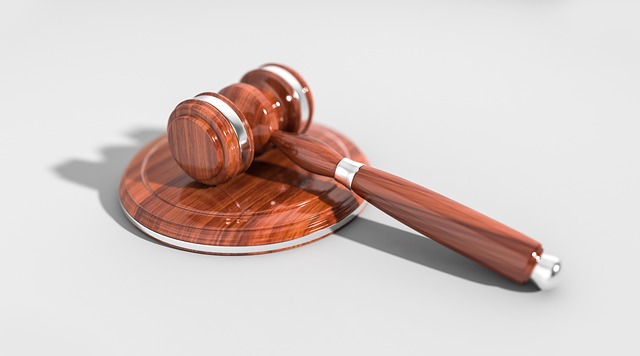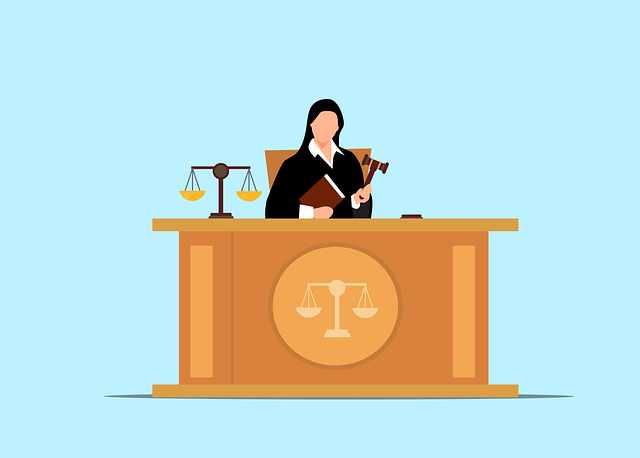The initial phase of an injury claim timeline focuses on immediate safety and medical attention, documenting details like time, location, hazards, and witness accounts (for slip-and-falls) or reviewing contracts (for workplace injuries). Prompt reporting to insurance providers with detailed information is crucial. Gathering robust evidence, including medical records, witness statements, photos, and surveillance footage, is key in the early stages, especially for complex cases like business litigation or nursing home abuse.
Understanding the injury claim timeline is crucial for anyone considering filing a compensation claim. This process begins with the initial incident and injury assessment, where you should immediately recognize and report any harm. Subsequently, notifying your insurance provider is a critical step to ensure smooth progression. Gathering comprehensive evidence and medical records solidifies your case. Each phase demands prompt action to preserve evidence and facilitate a timely claim resolution.
- Initial Incident and Injury Assessment
- Reporting the Accident to Insurance
- Gathering Evidence and Medical Records
Initial Incident and Injury Assessment

The initial stage of any injury claim timeline is the initial incident and subsequent injury assessment. When an accident occurs, whether it’s a slip and fall injury or an injury sustained on the job as outlined in employment contracts, the first step is to ensure immediate safety and medical attention for the affected individual. This crucial period involves documenting the incident accurately, gathering evidence, and assessing the extent of the injuries.
In the case of a slip and fall, for instance, it’s essential to capture details like when and where the incident happened, any visible signs of damage or hazards, and witness statements. For work-related injuries, reviewing employment contracts and safety protocols can provide context and help determine liability. This initial assessment sets the foundation for the entire injury claim timeline, influencing the subsequent steps, including filing a claim, negotiating settlements, or pursuing legal action.
Reporting the Accident to Insurance

After an injury occurs, one of the crucial steps in an injury claim timeline is to report the accident to your insurance provider. This process varies slightly depending on the type of incident—whether it’s a car crash, workplace harm, or personal injury—but the core elements remain consistent. Typically, individuals should notify their insurer as soon as possible after sustaining an injury to ensure timely documentation and support for their claim.
Reporting involves providing detailed information about the accident, including the date, location, parties involved, and a comprehensive account of the events that led up to the injury. It’s essential to cooperate fully with the insurance company during this phase, as it lays the groundwork for the subsequent stages of the injury claim timeline. Engaging the services of an experienced auto accident lawyer or legal professional can also facilitate this process, ensuring your rights are protected and your claims are handled efficiently, especially in complex cases that might escalate into business litigation.
Gathering Evidence and Medical Records

In the initial stages of an injury claim timeline, gathering comprehensive evidence is paramount. This includes medical records that detail the extent and treatment of injuries sustained in the incident. For instance, in a slip and fall case, documentation from hospitals or clinics will help establish the cause and consequences of the fall. These records not only provide a clear picture of the physical harm but also serve as crucial evidence when navigating an injury claim timeline, especially during negotiations or legal proceedings.
Additionally, other forms of evidence such as witness statements, photographs of the incident scene, and surveillance footage (if available) are vital components in building a strong case. In complex scenarios like business litigation or nursing home abuse cases, where issues might be more nuanced, gathering detailed records becomes even more critical to ensure a fair outcome during the injury claim timeline process.
Understanding the key stages of an injury claim timeline is essential for anyone looking to navigate this process effectively. From the initial assessment of the harm sustained to gathering comprehensive evidence, each step plays a crucial role in ensuring a successful claim. By promptly reporting accidents to insurance providers and diligently collecting medical records, individuals can set the foundation for a robust case. This strategic approach allows for a smoother journey through the injury claim timeline, ultimately leading to fair compensation and resolution.






